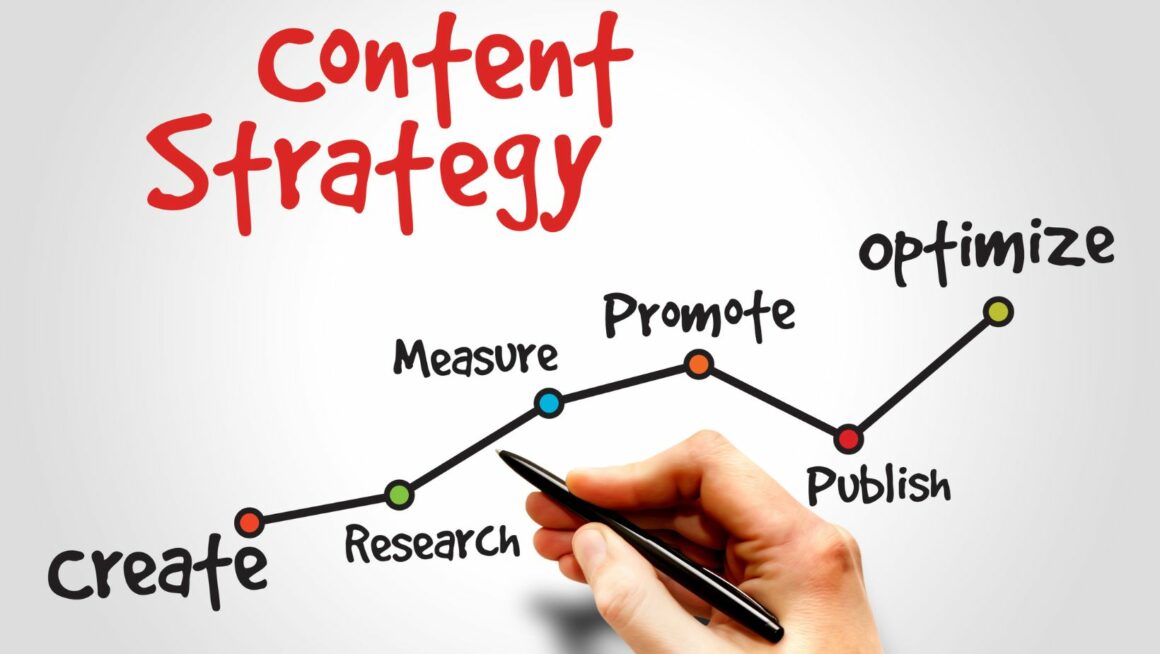In the ever-evolving digital landscape, a robust long-term content strategy has become a cornerstone for businesses seeking sustainable growth. At its heart lies the understanding of buyer personas, a crucial element that shapes the direction and effectiveness of content marketing efforts. By crafting content that resonates with the specific needs and preferences of their target audience, businesses can foster deeper connections and drive meaningful engagement.
Buyer personas are more than just demographic profiles; they embody the motivations, challenges, and aspirations of potential customers. When businesses create content with these detailed personas in mind, they ensure that every piece of content serves a purpose, addressing the real concerns of their audience. This strategic approach not only enhances brand loyalty but also positions businesses as thought leaders in their industry. Embracing a well-defined content strategy that prioritizes buyer personas is essential for any brand aiming to thrive in today’s competitive market.
Understanding Long-term Content Strategy
A successful long-term content strategy, involving plans and objectives spanning over periods beyond a year, provides direction for content development that aligns with business goals. Establishing consistency across different platforms enhances brand recognition while maintaining relevance to target audiences. The approach also involves assessing current content performance, allowing for adjustments to address audience needs. Sustaining engagement through a long-term strategy requires recognizing evolving market trends and customer preferences. Content creators must perform regular audience analysis to tailor topics and formats that appeal to their target demographic.
When it Comes to a Long-term Content Strategy, What is an Important Buyer Persona Trait?
A well-defined buyer persona is crucial to any successful long-term content strategy. It offers insights into the target audience and helps tailor content that resonates with potential clients.
Identifying Target Audience
Identifying the target audience involves analyzing data to determine who engages with the brand. Factors include demographics, behavior patterns, and purchasing habits. This foundational step ensures that content development efforts meet the audience’s needs and interests. Creating detailed persona profiles means delving deep into the motivations and challenges facing potential customers. These profiles should encompass goals, pain points, preferred communication channels, and shopping preferences. By understanding these elements, brands can craft content that addresses specific customer concerns and fosters genuine connections.
Measuring Success in Long-term Content Strategy
Measuring success in a long-term content strategy involves assessing performance indicators related to engagement and adaptability. By systematically evaluating these metrics, businesses can ensure their content remains effective and aligned with goals.
Analyzing Engagement Metrics
Engagement metrics provide insights into how audiences interact with content. Key performance indicators (KPIs) include page views, time on page, bounce rate, and conversion rates. For instance, a high number of page views indicates interest, while increased time on page suggests engaging content. Bounce rates reveal if the content meets expectations; high rates often indicate a need for improvement. Conversion rates measure content’s ability to drive desired actions like sign-ups or purchases.
Adapting and Refining Your Strategy
Regular analysis leads to informed decisions about content strategy adjustments. Businesses refine content by identifying trends in audience preferences and consumption patterns. Content that aligns with current interests and market demands remains relevant and effective. Successful adaptation involves leveraging A/B testing, audience feedback, and competitor analysis. These tools help shape a more targeted approach, ensuring content continues to resonate with the audience over time.
Challenges and Solutions
Crafting a long-term content strategy anchored in buyer personas presents challenges but offers substantial rewards. Businesses must navigate the complexities of accurately defining personas and continually updating them to reflect changing market dynamics. Overcoming these challenges requires a commitment to regular audience analysis and adaptability. Utilizing tools like A/B testing and competitor analysis can help refine strategies and maintain content relevance. By consistently aligning content with evolving customer needs and preferences, businesses can achieve sustained engagement and growth. A strategic focus on understanding and addressing buyer motivations and challenges ensures that content not only resonates but also builds lasting brand authority in a competitive landscape.




